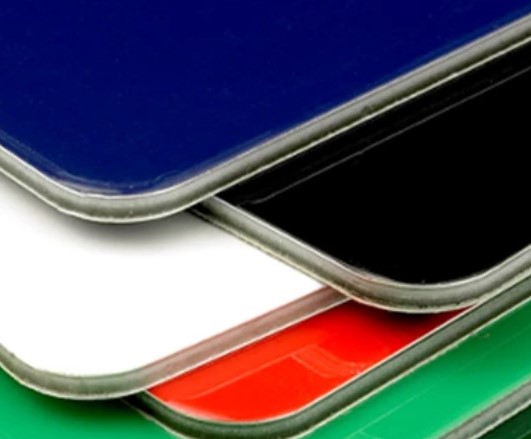Projecting signs play a crucial role in business visibility, helping shops, cafes and offices attract attention from passing foot traffic. Unlike flat fascia signs, projecting signs extend outwards from a building, making them more noticeable from multiple angles. This makes them a popular choice for businesses in busy streets and shopping areas.
Choosing the best material for projecting signs is essential for durability, aesthetics and long-term cost-effectiveness. Factors such as weather resistance, weight and maintenance impact the final decision. In this guide, we’ll explore the most reliable materials for projecting signs, helping you select the best option for your business needs.
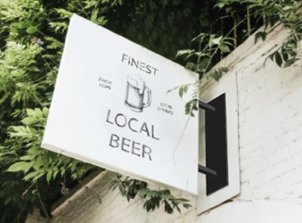
Factors to Consider When Choosing a Material
Selecting the best material for projecting signs involves balancing durability, aesthetics, cost and maintenance. The right choice ensures longevity while maintaining a professional appearance. Below are the key factors to consider when deciding on the most suitable material.
Weather Resistance
Projecting signs are constantly exposed to the elements, so the material must withstand rain, wind and UV exposure. Metals like aluminium and stainless steel are corrosion-resistant, making them ideal for long-term outdoor use. Acrylic and polycarbonate also hold up well in varying weather conditions, though they may require UV-resistant coatings to prevent fading. Wooden signs, while visually appealing, need regular sealing to avoid warping and rotting in damp conditions.
Read more: Eco-friendly Signage Solutions
Durability & Maintenance
A sign’s lifespan depends on the strength of the material and the level of upkeep it requires. Dibond (aluminium composite) is highly durable and resistant to rust and weather damage, making it a low-maintenance option. Stainless steel offers exceptional longevity but may need occasional polishing to maintain its appearance. Acrylic is durable but can scratch easily, requiring careful cleaning. If maintenance is a concern, choosing a material with minimal upkeep will save costs in the long run.
Weight & Installation
The weight of a sign affects its installation and structural support. Heavier materials like stainless steel require strong mounting brackets, increasing installation costs. Lighter materials such as aluminium and acrylic are easier to install and put less strain on walls or poles. Polycarbonate, being both lightweight and impact-resistant, is a good choice for areas prone to strong winds.
Customisation & Aesthetics
Branding is a key consideration when selecting a material. Acrylic and polycarbonate offer high-quality finishes and allow for illuminated designs, making them ideal for modern retail stores. Wood provides a classic, handcrafted look suited to boutique shops and heritage buildings. Dibond can be printed with detailed graphics, making it a versatile option for businesses seeking a polished appearance.
Read more: Best Material for Projecting Signs: Top Durable & Cost-Effective Options
Cost-effectiveness
While stainless steel and solid wood offer premium aesthetics, they come with higher costs. Aluminium composite materials (Dibond) provide a balance between durability and affordability. Acrylic and polycarbonate are cost-effective for illuminated signage but may need protective treatments to extend their lifespan. Businesses should weigh the initial investment against long-term durability to ensure the best return on investment.
By considering these factors, businesses can choose the best material for projecting signs that meets both practical and aesthetic needs while ensuring longevity and cost-efficiency.
Best Materials for Projecting Signs
Choosing the best material for projecting signs depends on factors like durability, aesthetics, weather resistance and cost. Below are the most commonly used materials, each with its advantages and ideal applications.
Aluminium
Aluminium is one of the most popular materials for projecting signs due to its lightweight nature and corrosion resistance. It performs well outdoors, making it suitable for businesses looking for a durable and cost-effective option.
Pros
- Lightweight – Easy to install and requires minimal structural support.
- Rust-resistant – Ideal for outdoor use, even in damp or coastal environments.
- Long-lasting – Can endure harsh weather conditions without deteriorating.
Cons
- Prone to dents – Aluminium is softer than some metals and can be damaged by heavy impacts.
- May require coating – To improve appearance and longevity, powder coating or painting is often needed.
Best Uses
Aluminium is widely used for outdoor shop signs, café signage and office buildings. It is a good choice for businesses looking for a professional yet budget-friendly sign material.
Example
A local coffee shop in a busy urban area installs a sleek aluminium projecting sign with a matte black powder-coated finish and laser-cut lettering, ensuring a modern and eye-catching look.
Acrylic & Polycarbonate
Acrylic and polycarbonate are both popular choices for illuminated signage, often used in high-end retail and hospitality sectors. These materials offer a glossy, professional finish with excellent design flexibility.
Read more: Where Would the Printing Industry Be Without ACM?
Pros
- High clarity – Provides a clean, premium appearance.
- Customisable – Can be cut into various shapes and used for illuminated signs.
- Impact-resistant – Polycarbonate, in particular, is highly durable and shatter-resistant.
Cons
- More expensive than standard plastics – Higher cost compared to some other materials.
- Requires UV protection – Prolonged sun exposure can cause yellowing or fading.
Best Uses
Ideal for illuminated trade sign supplies, high-end retail stores, restaurants and shopping centres, where a polished look is essential.
Example
A luxury fashion boutique uses a backlit acrylic projecting sign with LED illumination to ensure visibility at night while maintaining an elegant brand image.
Dibond (Aluminium Composite Material)
Dibond is an aluminium composite material (ACM) consisting of two thin layers of aluminium with a polyethylene core. It is known for its strength, lightweight nature and resistance to harsh weather conditions.
Pros
- Extremely durable – Resistant to warping, rust, and corrosion.
- Weatherproof – Performs well in both hot and cold climates.
- Lightweight – Easier to install than solid metal alternatives.
Cons
- Higher upfront cost – More expensive than single-layer aluminium but offers long-term value.
Best Uses
Dibond is an excellent option for businesses in high-wind areas, professional office buildings, and outdoor commercial spaces requiring long-lasting signage.
Example
A corporate office located in a coastal city chooses Dibond for their projecting sign, ensuring it remains intact despite exposure to sea air and strong winds.
Wood
Wooden projecting signs offer a classic and natural look, making them ideal for businesses that want a traditional or rustic appearance. However, they require more maintenance than metal or plastic options.
Pros
- Timeless aesthetic – Perfect for vintage or handcrafted branding.
- Customisable – Can be carved, painted, or stained for unique designs.
Cons
- Weather-sensitive – Prone to rotting, warping, or cracking if not sealed properly.
- Requires regular maintenance – Needs varnishing or repainting over time.
Best Uses
Wood is ideal for boutique stores, traditional pubs, artisan shops and countryside businesses.
Example
A historic pub in a rural village opts for a hand-painted wooden projecting sign, featuring an intricate carved logo and a protective varnish to extend its lifespan.
Stainless Steel
For a high-end, polished look, stainless steel is a premium choice. It offers superior durability and corrosion resistance, making it suitable for luxury brands and corporate settings.
Pros
- Premium finish – Provides a sleek, sophisticated appearance.
- Corrosion-resistant – Ideal for outdoor use, even in coastal environments.
- Extremely durable – Can withstand heavy impact and harsh conditions.
Cons
- Expensive – Higher material and fabrication costs.
- Heavy – Requires strong mounting fixtures and professional installation.
Best Uses
Best suited for law firms, high-end retail stores, banks and luxury hotels.
Example
A prestigious law firm installs a brushed stainless steel projecting sign with laser-cut lettering, reinforcing a professional and high-quality brand image.
Emerging Trends & Innovations in Projecting Sign Materials
As businesses seek the best material for projecting signs, new trends and innovations are shaping the industry. Advances in sustainability, technology and durability are improving the performance and environmental impact of signage materials.
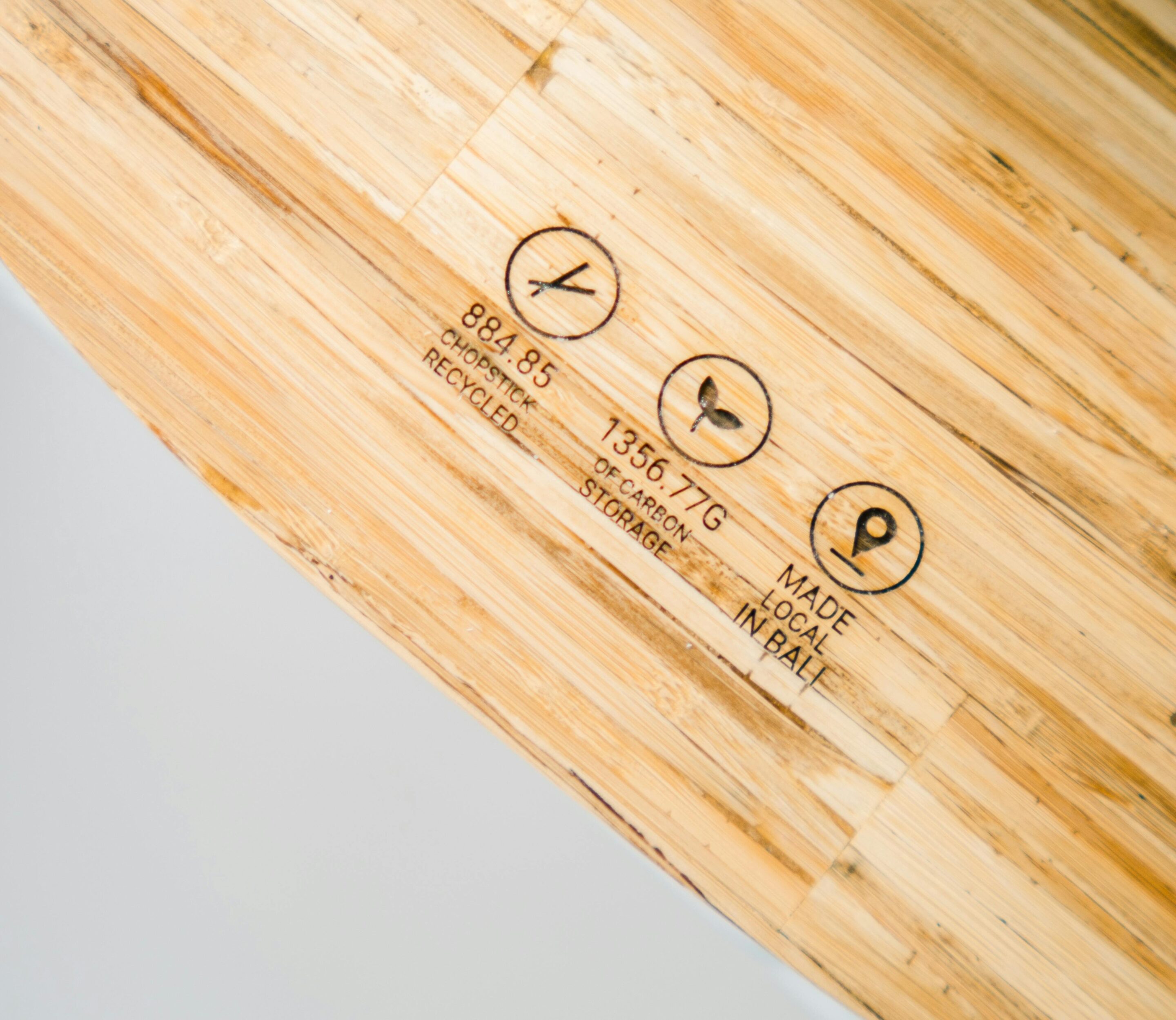
Smart Signs
Digital projecting signs are gaining traction, especially in high-footfall areas. LED-powered digital displays allow businesses to update messages, promotions, or branding in real-time. These signs offer flexibility, reducing the need for frequent material replacements. They are particularly useful for restaurants, retail stores and event venues that need to adapt messaging frequently.
Read more: The Importance Of Sign System for Schools, Colleges and Universities
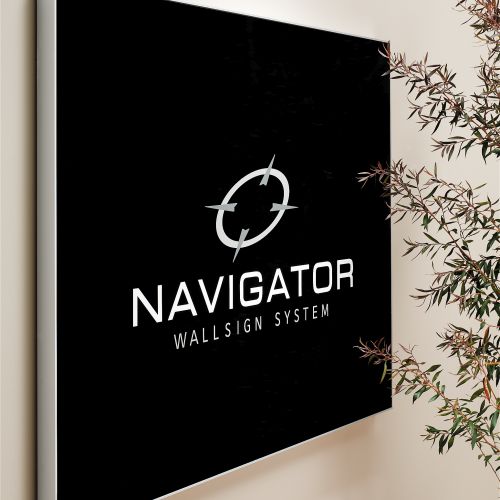
Sustainable Options
Eco-friendly materials are becoming more popular as businesses look for greener alternatives. Recycled plastics and bamboo-based composites offer durable solutions while reducing environmental waste. These materials provide similar strength and customisation options as traditional plastics and wood but with a lower carbon footprint. Some manufacturers now produce biodegradable sign substrates, further reducing environmental impact.
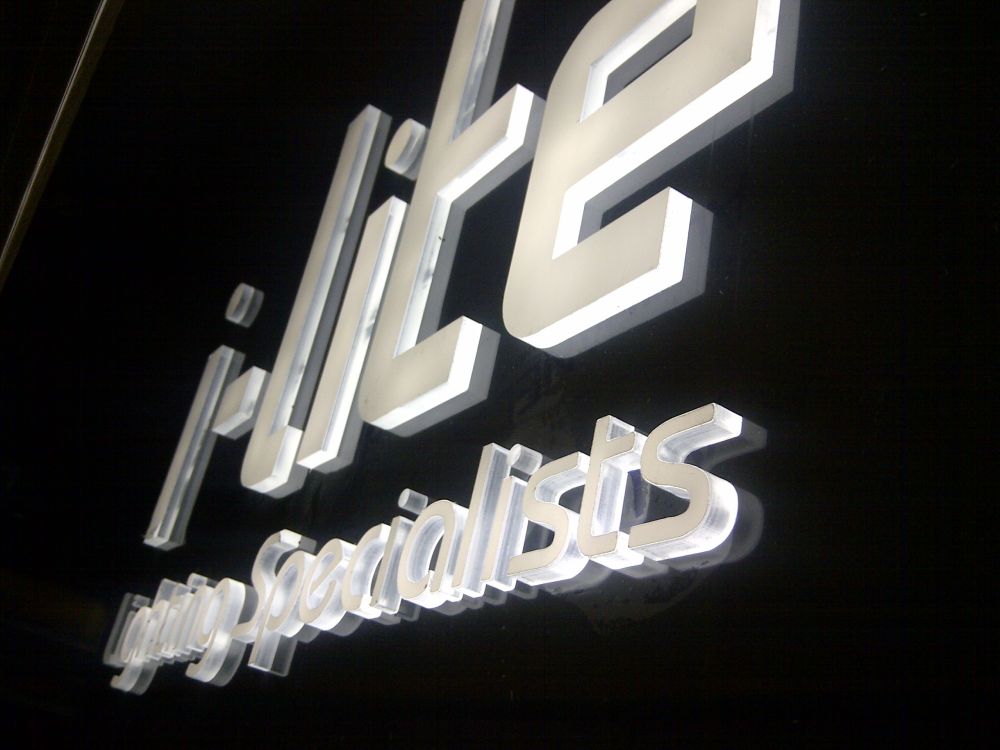
UV-Resistant Coatings
Prolonging the lifespan of projecting signs is a priority for businesses. Advanced UV-resistant coatings now protect materials like acrylic, Dibond, and polycarbonate from fading and weather damage. This innovation extends the durability of signage, ensuring a professional appearance for longer periods while reducing maintenance costs.
By adopting these emerging trends, businesses can invest in more sustainable, adaptable and long-lasting projecting signs, ensuring both environmental responsibility and cost-efficiency.
Choosing the Right Material for Your Projecting Sign
Selecting the best material for projecting signs requires careful consideration of durability, aesthetics, weather resistance and budget. Aluminium and Dibond offer long-lasting and low-maintenance solutions, while acrylic and polycarbonate provide sleek, illuminated options. Wood delivers a classic, traditional look but requires upkeep, whereas stainless steel offers a premium, high-end finish.
Businesses should assess their specific needs, considering environmental conditions and branding requirements. Consulting a trade sign supplies expert can provide valuable guidance on the most suitable materials and finishes. Investing in the right material ensures a professional, long-lasting and cost-effective projecting sign.


